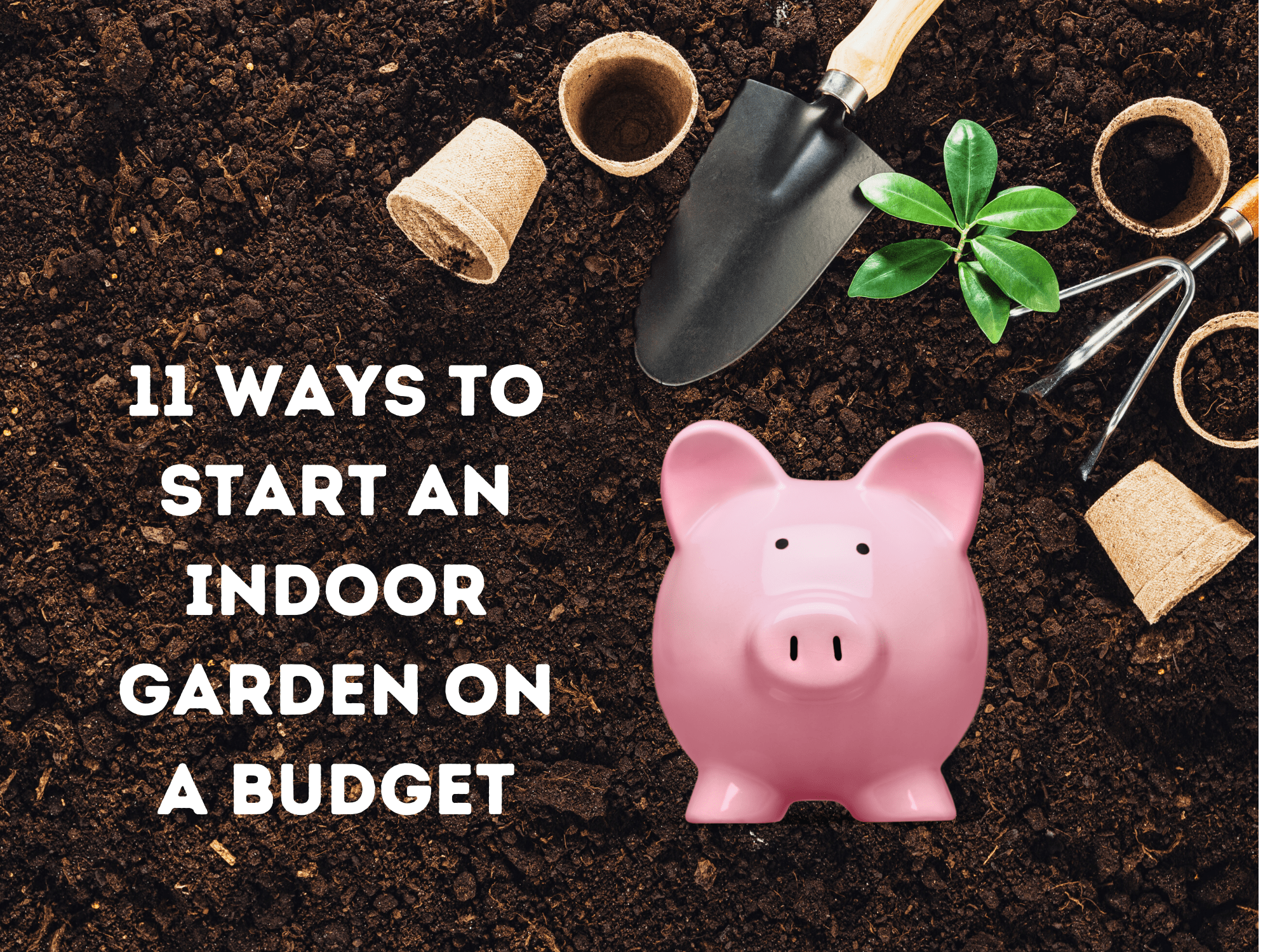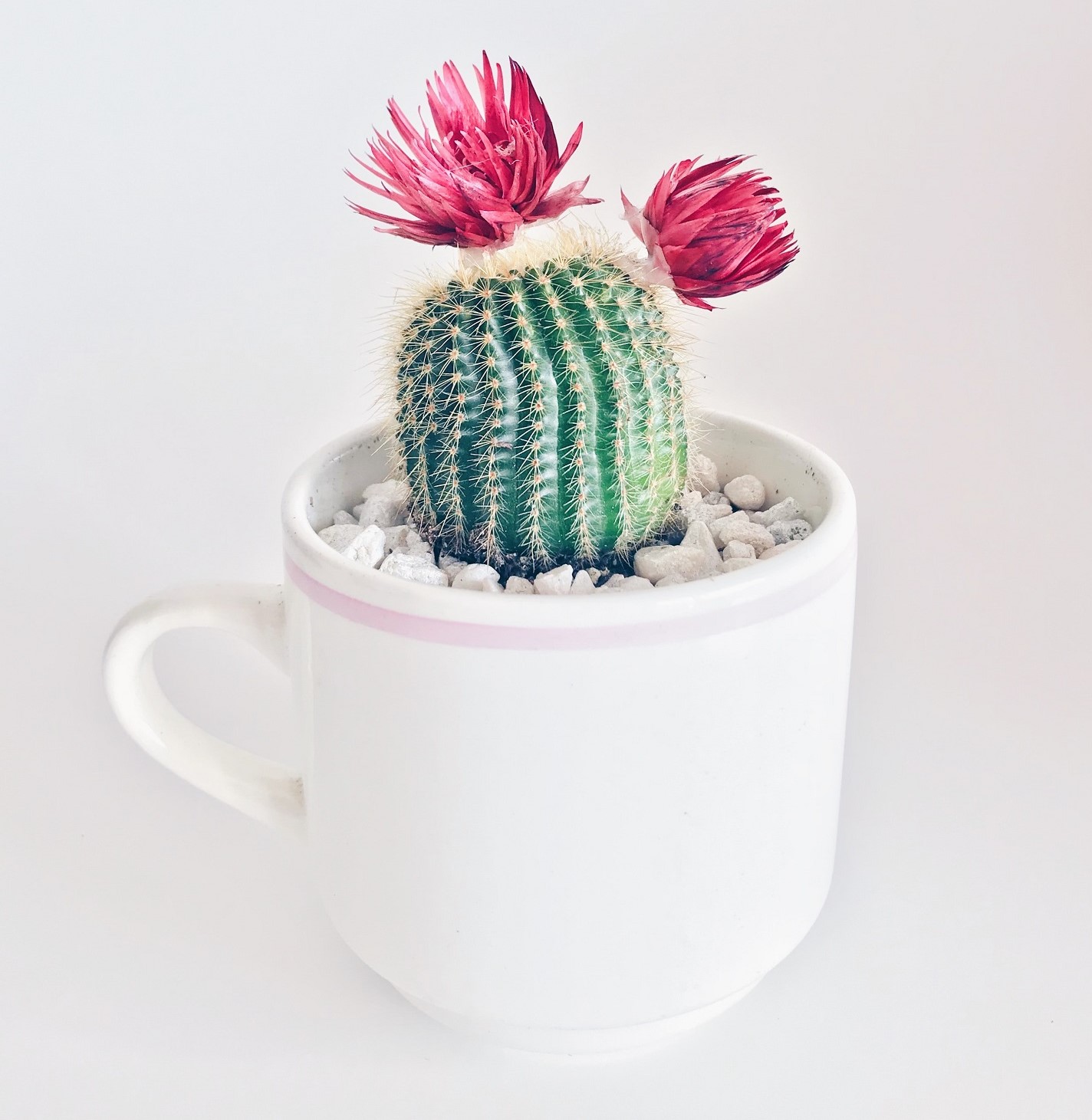Like many hobbies, indoor gardening can become rather expensive. But do not despair, there are several ways to make indoor gardening a bit more affordable if you are living on a budget!
There are several ways to get cheap plants, but the best way to make indoor gardening more affordable is to avoid killing your plants! Unfortunately, killing plants is inevitable if you get into gardening. I have yet to meet a gardener who has never killed a plant. But if you can avoid making expensive mistakes, gardening will be a much more affordable hobby. I will talk more about that in the sections below.
The list below describes some of my techniques for making gardening a budget-friendly hobby.
Get Cuttings From Facebook Marketplace or Nextdoor

One of the ways to save money when starting a garden is to grow plants from seed (this is discussed later in this article), but we don’t always want to wait a long time for plants to grow from seeds. If you want to start a garden with some established plants, cuttings are a budget-friendly option. A plant cutting is a piece of plant that can be used for propagation. A stem is placed in soil or other growing medium. Eventually, the cutting will develop roots and grow into a whole new plant.
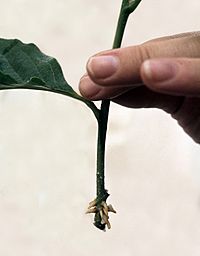
I frequently see succulent cuttings available on Nextdoor or Facebook Marketplace. Most of the time people are giving away these cuttings after they finish pruning or trimming their plants. I have also seen people give away potted plants when they are moving. This is also a great opportunity to start a garden because you are getting a free (or very inexpensive) plant and container!
Most of the time, these free plants are available to the first person who can come pick them up. For this reason, it is important to try to pick up these free plants as soon as you can.
Propagate Your Plants

Plant propagation is an inexpensive way to make new plants from your existing plants. Once you have mastered plant propagation (and it’s not hard), you can give away propagated plants as gifts, generate new plants for plant swaps, or produce backups in case one of your favorite plants dies.
So what is plant propagation? Propagation is the process of using existing vegetative cuttings to produce more plants from existing plants. This process is asexual, meaning that propagation will yield new plants that are genetically identical to the mother plant.
The best way to propagate plants depends on the species. There are some plants, such as succulents, that you can propagate by simply cutting off a section of the plant and sticking it soil or water. There are some plants that need a little help in the form of rooting hormone (click here to read my article about rooting hormone). Finally, there are some plants that need to be divided because they have rhizomes.
Plant Swaps
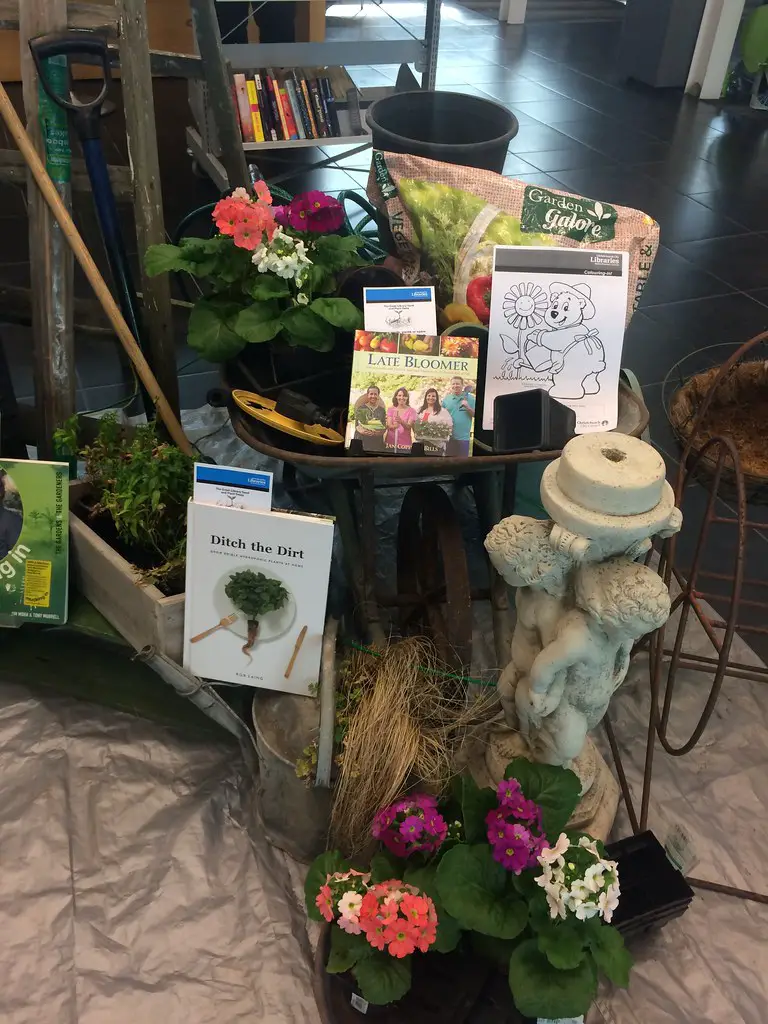
Great Library Plant and Seed Swap 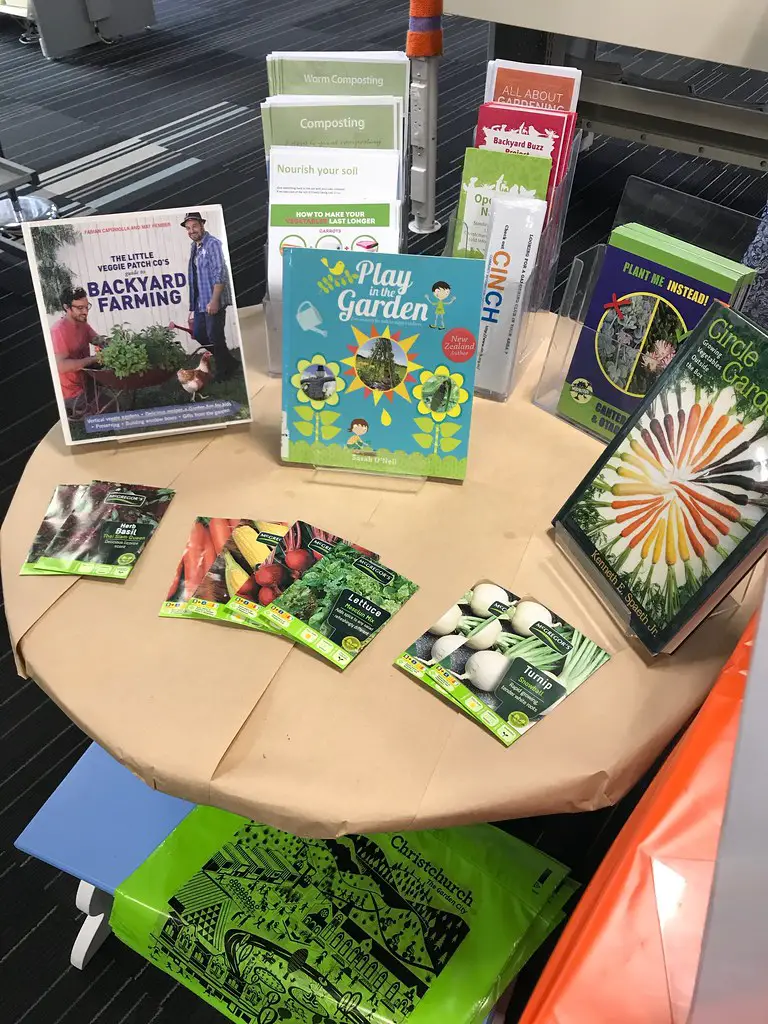
Great Library Plant and Seed Swap
Plant swaps are events where plant owners come together and trade plants with each other. These types of events are often held in local gardening shops, parks, churches, or community centers. Plant swaps are a great way to add variety to your plant collection.
The rules vary a bit depending on the individual plant swap. In general, you are supposed to bring a pest-free plant that you are willing to trade for another plant. These plants can be bare root or in a pot. To maximize the benefit of a plant swap, it is best to propagate some of your plants several weeks prior to the event. This will allow you to trade plants without giving up a large portion of your collection.
In addition to having the opportunity to swap for new plants, these types of events are a great way to socialize with other gardeners and expand your gardening knowledge.
Horticultural Societies
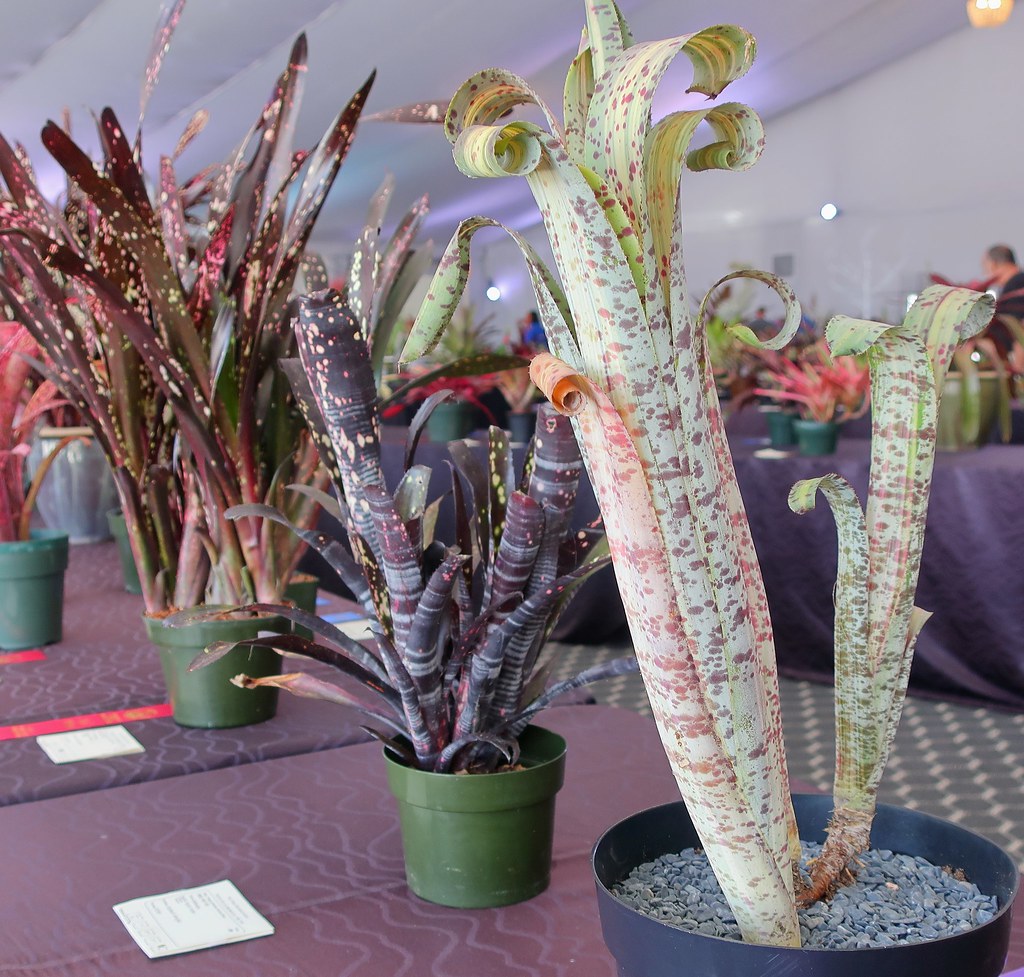
Another fantastic way to make gardening more affordable (and fun) is to join a horticultural society in your area. Many horticultural societies do require yearly dues, but you will get a lot of value from participating.
Many horticultural societies will have regular meetings that include a presentation and a plant swap or auction. These plant sales/swaps are gold mines in the sense that you can get really awesome/exotic plants for an extremely affordable price ($5-$20).
Horticultural societies are also full of people who are willing to share their many years of experience with new gardeners. In this way, you are getting a lot of expert knowledge for a nominal price.
Unfortunately, these horticultural societies can be a bit difficult to find. Although some of these groups may have websites or may be listed on Meetup, they do not seem to advertise their existence much. The best way to find out about the horticultural societies in your area is to talk with employees at your local nursery.
Do Not Take On Too Many Plants Too Quickly
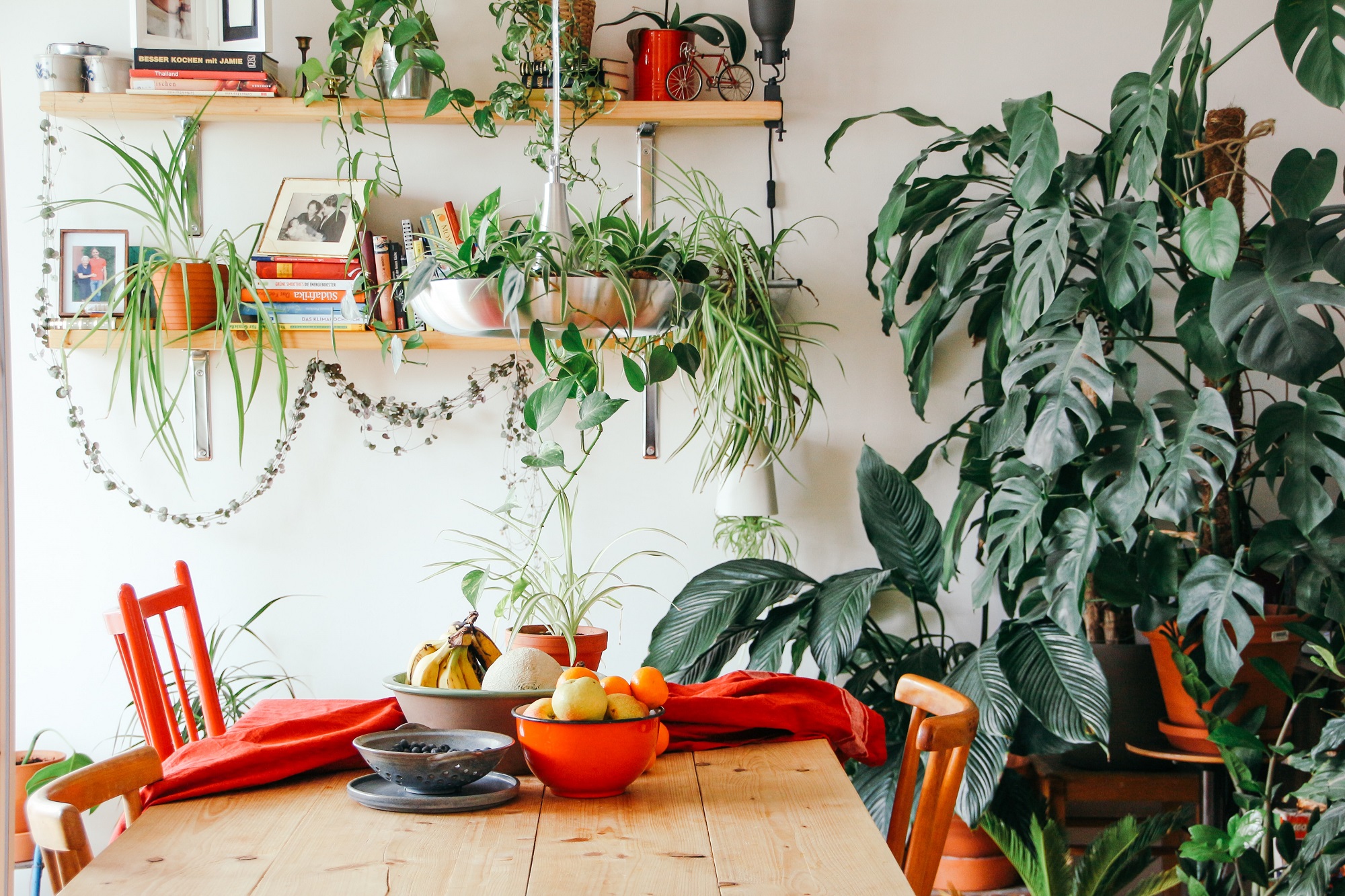
As gardeners, many of us dream of having a house full of thriving houseplants and an outdoor garden packed with beautiful flowers and vegetables. While this is dream is attainable, try not to add too many plants to your collection too quickly.
When I started collecting houseplants, I made the mistake of purchasing plants without even looking into their care first. Some of these plants cost almost $50. I would enjoy my purchase for a couple of weeks and find the plants were starting to decline. While I was able to save some of these plants, I lost a lot of expensive plants to impulse buys.
When you first begin your plant journey, it is best to start with a few beginner-friendly plants. While it is certainly tempting to purchase the most rare and exotic-looking plants, you will enjoy gardening much more if you are not constantly watching plants die. Your gardening hobby will also be much more budget-friendly if you are not constantly killing plants.
Some of the best plants for beginners are as follows:
- Golden Pothos
- Spider Plant
- Snake Plant
- Dragon Tree
- Lucky Bamboo
Purchase Plants That Are Appropriate For Your Home
In addition to purchasing beginner-friendly plants, it is also important to buy plants that will actually do well in your home. This means taking a look at your lighting situation. If your home does not receive a lot of natural light, make sure you buy plants that are labeled as low-light. Some good low-light plants include ZZ Plant and Spider Plant.
If you are blessed to have space for plants near a south-facing window, put plants that do well in sunlight. Some examples include succulents and herbs. Many plants will not do well near drafty windows, so you may want to consider purchasing a heating mat and/or some inexpensive artificial lighting for the winter months.
Finally, it is important to check whether plants are toxic if you have pets or children. The ASPCA’s website contains a lot of good information on whether plants are toxic.
Get Creative With Containers
While plants themselves can be an expensive part of gardening, containers can also get expensive. DIY pots and containers can make indoor gardening more budget-friendly and fun.
When making your own plant containers, remember that it is important to add drainage holes. Root rot caused by overwatering is the most common houseplant killer. Adding drainage holes to your plant container can help prevent overwatering because excess water is allowed to leave the soil profile. If you are concerned about water getting everywhere, remember that you can always put plastic containers or nursery pots with drainage holes into a more attractive outer container.
Here are some DIY planter ideas:
- Upcycled Food Containers – just make sure to add some drainage holes. You can even paint the container to make it more aesthetically pleasing.
- Wooden Crates
- DIY Cementer Containers – Use four parts sand and one part cement to make your own plant containers from old food containers. After the cement sets, drill some drainage holes and sand down planter for a smooth finish.
- Mason Jars
- Coffee Containers
- Burlap Sacks – Put a nursery pot into a burlap sack for a DIY plant basket.
- Old Tea Cups – If you do not own any old tea cups, check out Goodwill or other thrift stores.
- Rainboots
- Paint/Upcycle Cheap Clay Pots
Compost Food Scraps To Make Your Own Soil Amendments
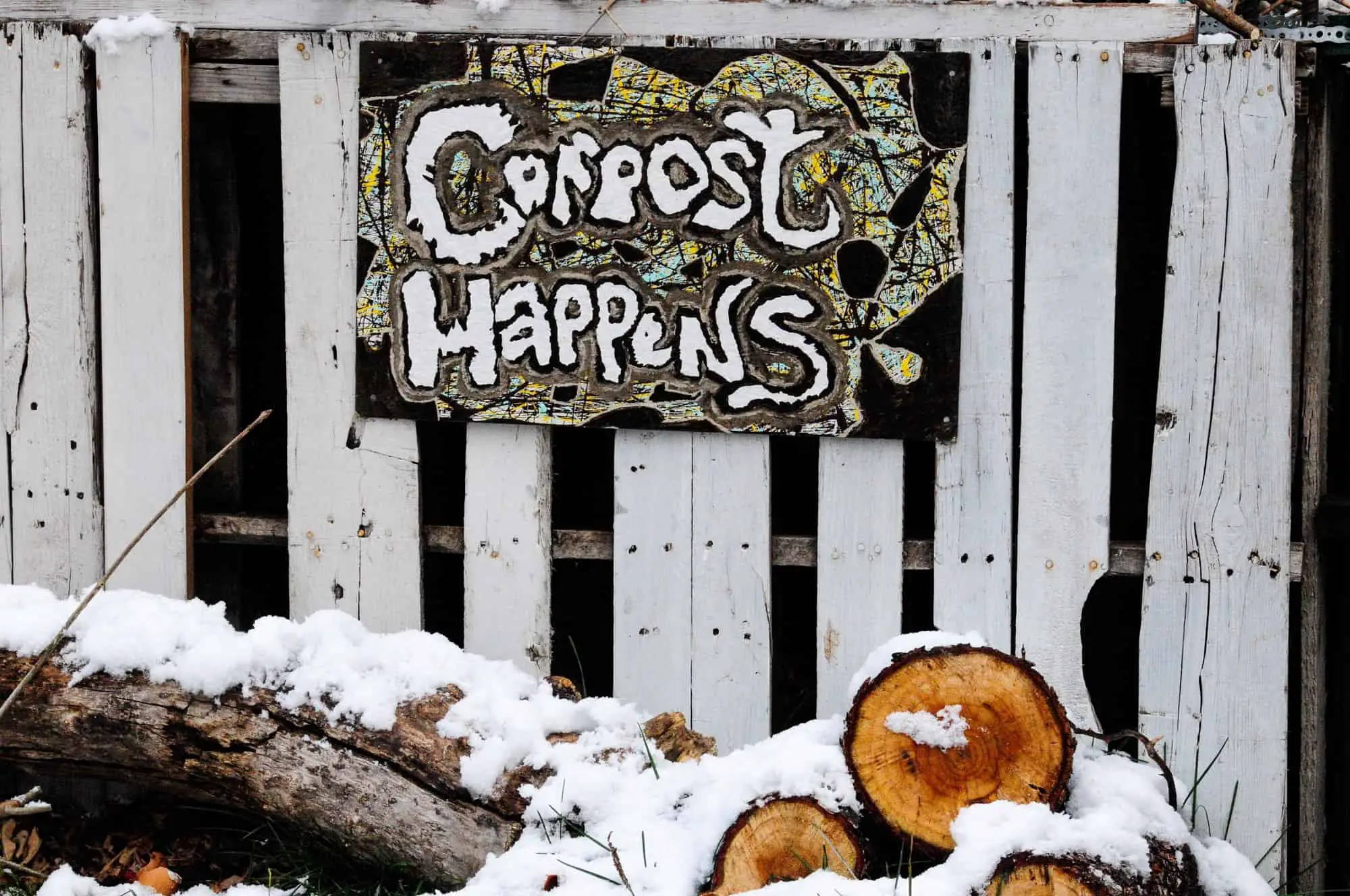
Another way to make gardening more budget-friendly is to start your own compost pile. Composting is a process that converts waste such as food scraps and cardboard into a dark organic matter that looks like potting soil. Compost makes a great soil amendment as it provides your plants with plenty of nutrients. While compost should not be your plants’ only fertilizer, it can at least cut down on the costs of fertilizer.
You can compost even if you live in a small space or an apartment. Admittedly, indoor composting does require a bit more creativity than outdoor composting because you do not want unpleasant odors or pests invading your home, but it can be done.
An easy way to compost indoors is to buy an indoor compost bin on Amazon. These bins are sealed which prevents any odors from escaping the bin. Other options include vermicomposting and Bokashi composting. To learn more about composting indoors, click here to check out the article I wrote on composting in an apartment.
Grow From Seed

It is much cheaper to buy seeds than full-grown plants. However, not all plants will grow easily from seed indoors. For example, it takes succulents a long time to grow from seed if all goes well, but the outcome is often unpredictable. In contrast, some flower species such as marigold and coleus are easy to grow from seed indoors.
If you would like to grow plants from seed indoors, I highly recommend growing microgreens. Microgreens are leafy vegetables that are harvested before the true leaves have developed. Many plants such as radishes, sunflowers, onions, and cabbage can easily be grown as microgreens in your home. There are numerous benefits to growing microgreens. Many types of microgreens are ready to harvest within 1-3 weeks of sowing seeds, they are packed with nutrients, and they make a fun addition to your cooking.
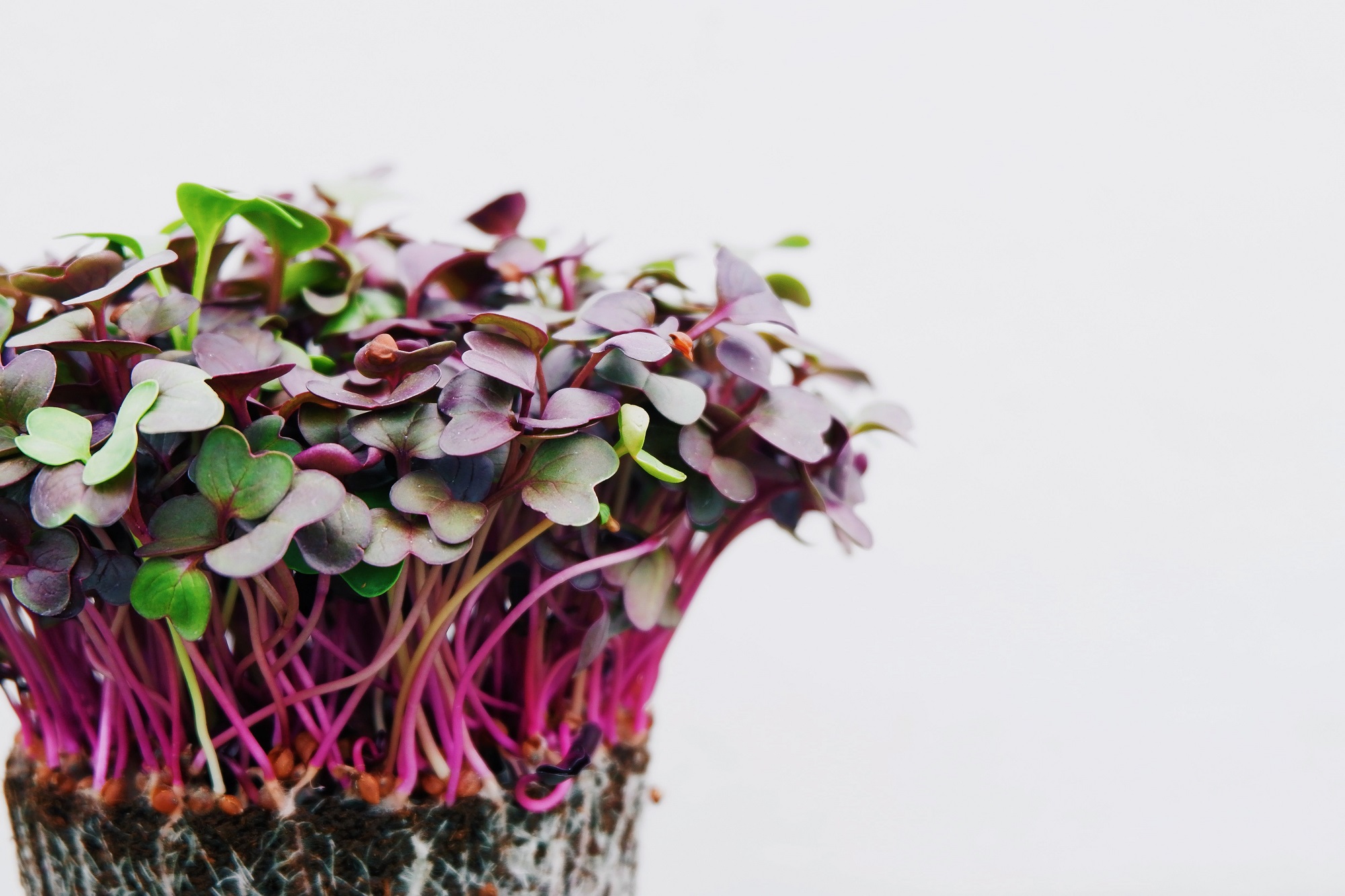
Microgreens are not only a great crop for budget-friendly indoor gardening, they are a budget-friendly way to add more greens to your diet. To learn more about growing microgreens, click here to check out my ultimate guide to growing microgreens.
Rescue Plants From The Clearance Section Of Big Box Stores
Another budget-friendly gardening tip is to purchase plants from the clearance section at big box stores such as Wal-Mart, Home Depot, and Lowes. Admittedly, these plants are often quite sad looking and need a little bit of rescuing. However, the cost savings can be worth the effort.
Sometimes, the plants in the clearance section are actually dead or are too far gone to be saved. For this reason, it is important to be careful when you buy from the clearance aisle. Here are some tips for determining whether you should rescue a sad or almost-dead looking plant from the clearance section:
- Examine the plant closely. If the plant is a bit wilted and the soil is dry, the plant may just need some water. In this case, I recommend purchasing the plant.
- Look at the underside of the leaves to make sure there are no bugs or pests that could infect your other plants. Signs of harmful pests include little black spots or a white, cottony material. You should really do this when buying any plant.
- In some cases, I will buy plants from the clearance section for the pot or container. Sometimes, nearly plants are discounted so much that the pot alone is worth it.
- Determine whether there is enough healthy vegetation to attempt propagating the plant.
Grow New Plants From Fruits and Vegetables Purchased At The Store
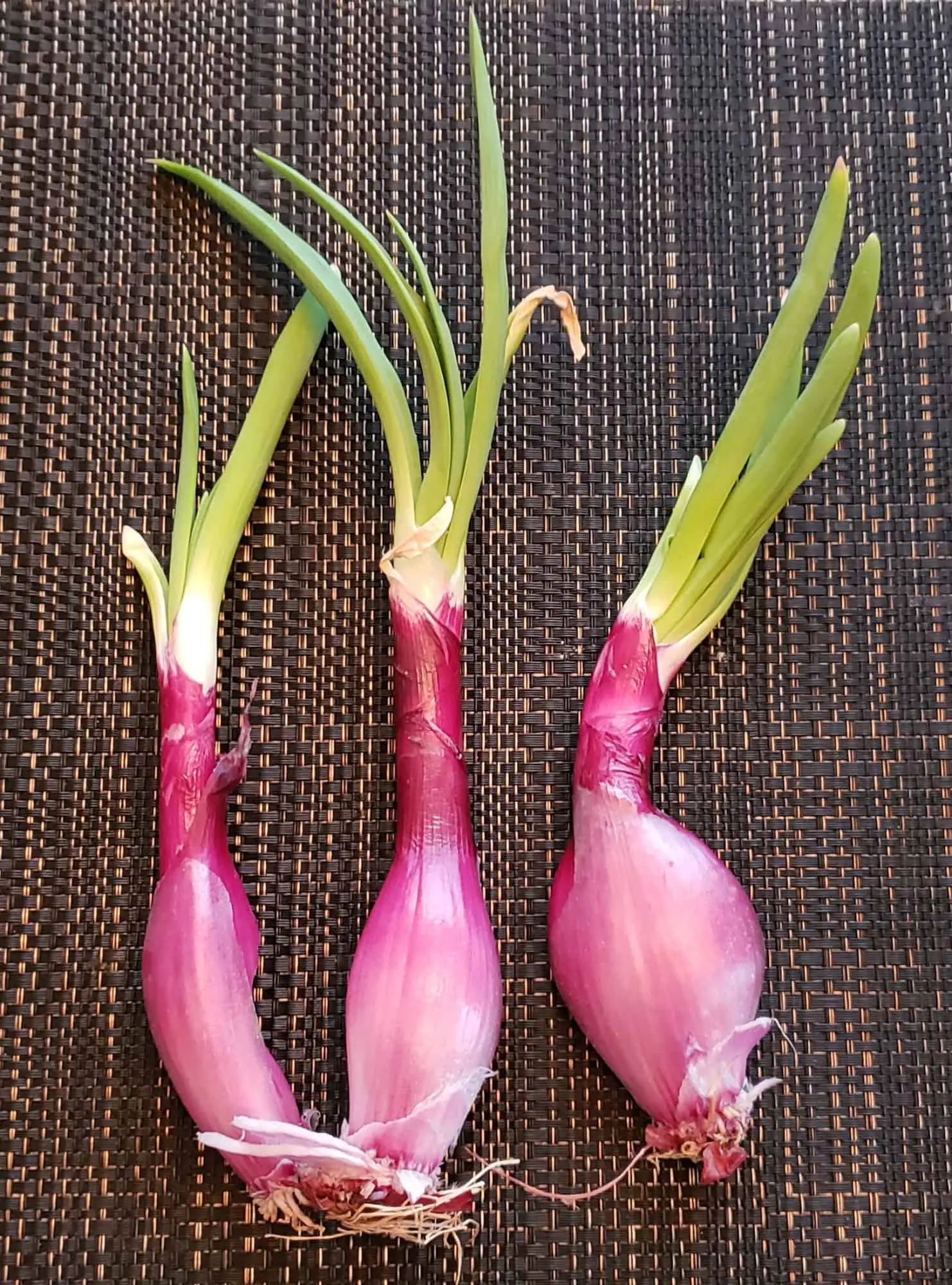
Finally, a budget-friendly way to start an indoor garden is to grow more food from food you have already purchased from the grocery store. You can easily do this with sprouted onions, sprouted garlic, ginger, green onions, and basil. Here are a few articles that I’ve written that can help you grow food from items purchased at the grocery store.
It is important to note that it is best to use organic foods to grow more crops. This is because organic growers do not add anti-sprouting chemicals.

